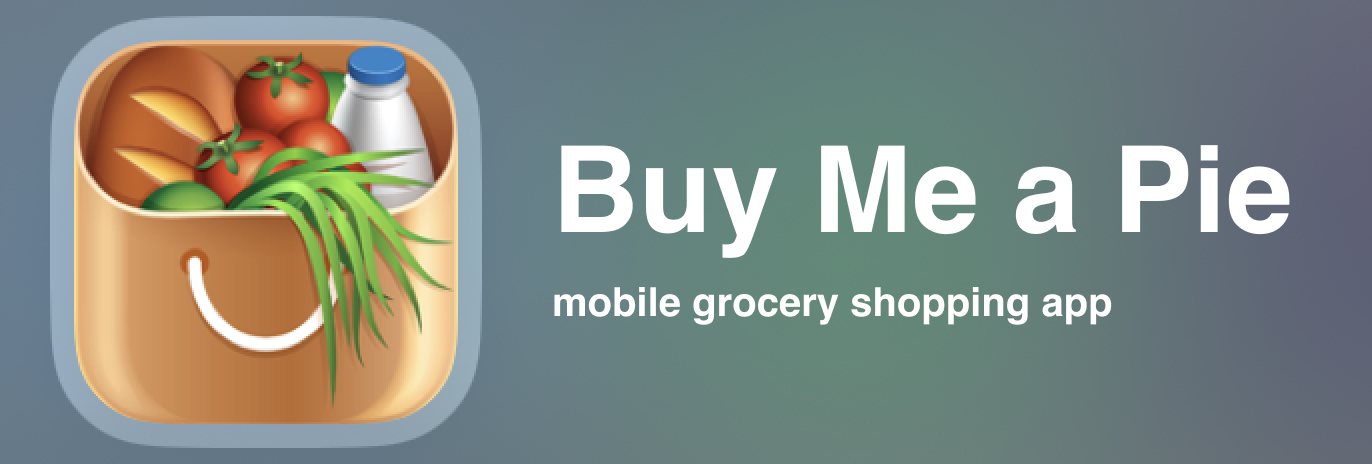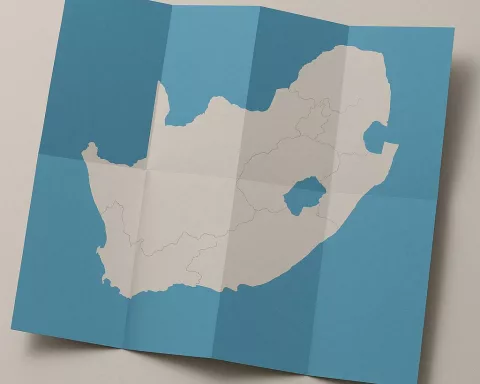advertorial
As someone who has always had a penchant for lists, I’ve experimented with various to-do apps and web tools. Yet, I’ve invariably returned to the classic, handwritten list. That is, until I encountered the grocery list conundrum. I’ve experienced all the typical list-related mishaps – losing it, forgetting essentials like toilet paper, and even having it creatively redesigned by my toddler. This chaotic dance with grocery lists led me to a delightful discovery: the “Buy Me a Pie” app.
The Great Hummus Misunderstanding
Let me tell you about the time “Buy Me a Pie” saved me from what I now fondly call ‘The Great Hummus Misunderstanding.’ It was a regular Tuesday, and I had meticulously planned a Middle-Eastern themed dinner. Hummus was the star of the show. I entered it into the app, pleased with the easy input. However, in my haste, I accidentally typed “Hummus:8” instead of “Hummus:1.”
Imagine my husband’s surprise when he opened the app at the store and saw ‘8’ next to hummus! Long story short, we had enough hummus to last us months, and it became a running joke in our family. “Need anything from the store? Perhaps 8 tubs of hummus?” This incident highlighted a charming aspect of the app – its ability to adapt and remember, even if it sometimes leads to humorous overstocking.
Features and Use Cases
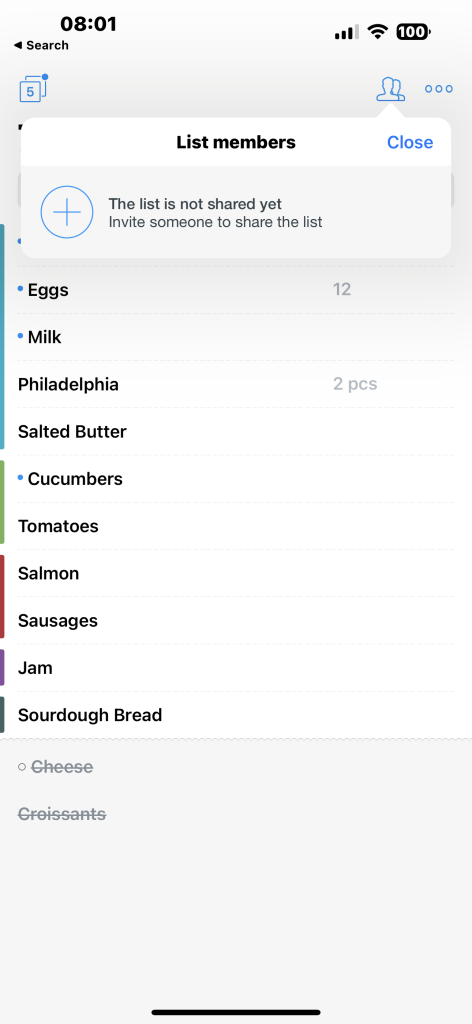
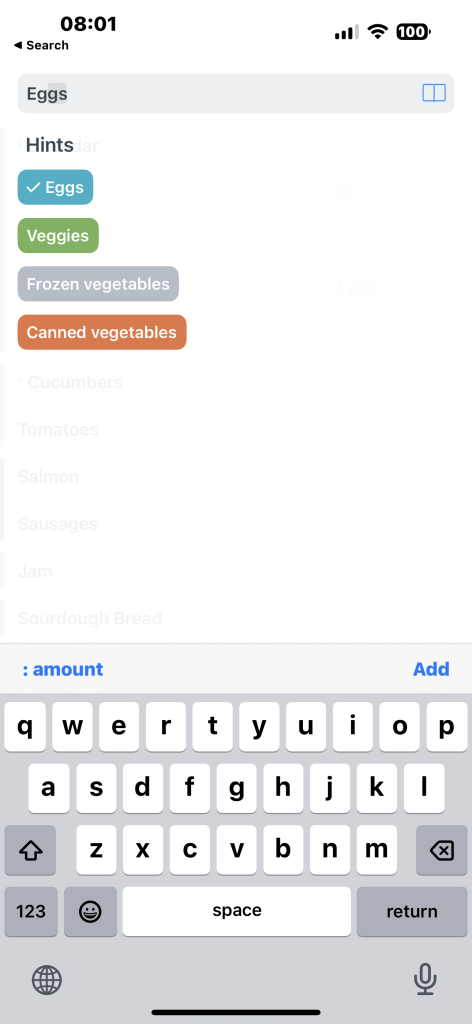
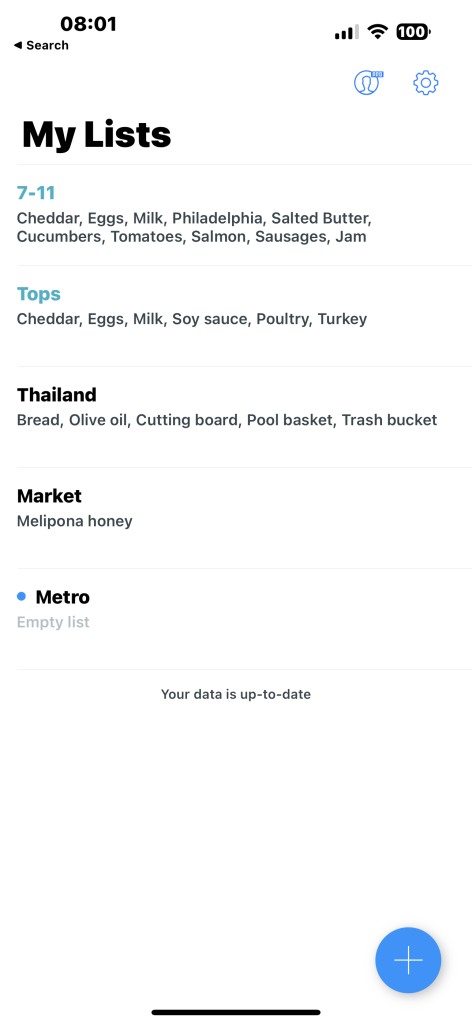
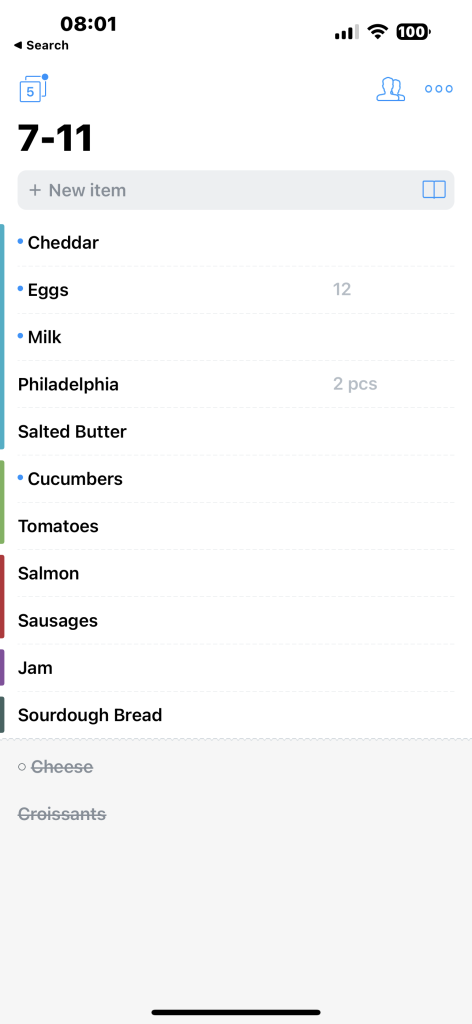
The Multipurpose List Architect
“Buy Me a Pie” doesn’t just allow for creating multiple lists; it invites you to categorize your life into neat, color-coded segments. Whether it’s the regular grocery haul, a special event, or a quick run to the farmers’ market, each list is a unique entity, tailored to specific shopping needs.
The Syncing Symphony
This app’s syncing feature is not just about convenience; it’s about harmony in household chores. No more frantic calls asking if anything’s needed from the store. Everything needed is already there, updated in real time, on each family member’s device.
The Effortless Entry
The app’s intuitive design shines when you’re hurriedly adding items. The word-prompter is a subtle nod to how well the app understands your shopping habits. It’s like having a personal assistant who remembers your preferences and gently nudges you towards them.
Organizational Nirvana
The grouping and color-coding of items mimic the layout of a grocery store, turning your shopping journey into a streamlined stroll rather than a frantic hunt.
The Offline Connection in an Online World
In this digital era, where online grocery shopping is becoming the norm, “Buy Me a Pie” serves as a reminder of the joys of in-store shopping. It’s a bridge between the charm of physical stores and the efficiency of digital organization, enhancing the shopping experience in both realms.
The App’s Shortcomings
While “Buy Me a Pie” is a marvel in many ways, there are areas where it could grow. Features like manual sorting, notes for items, and bulk editing would elevate the app from great to exceptional. Yet, its simplicity and user-friendliness remain its core strength.
The Community Aspect
The app isn’t just a personal tool; it fosters a sense of community. Whether it’s shared lists for roommates or helping a friend with their shopping, Buy Me a Pie extends its utility beyond individual use, promoting collaboration and shared responsibility.
Switching to Buy Me a Pie didn’t just change how I shop; it transformed the entire experience. There’s a personal satisfaction in seeing your shopping habits understood and catered to by an app. It’s not just about avoiding the frustration of forgotten items; it’s about embracing a more mindful and organized way of living. Give Buy Me a Pie a try, not because it’s another app to download, but because it could be the companion you didn’t know you needed for your shopping adventures.

